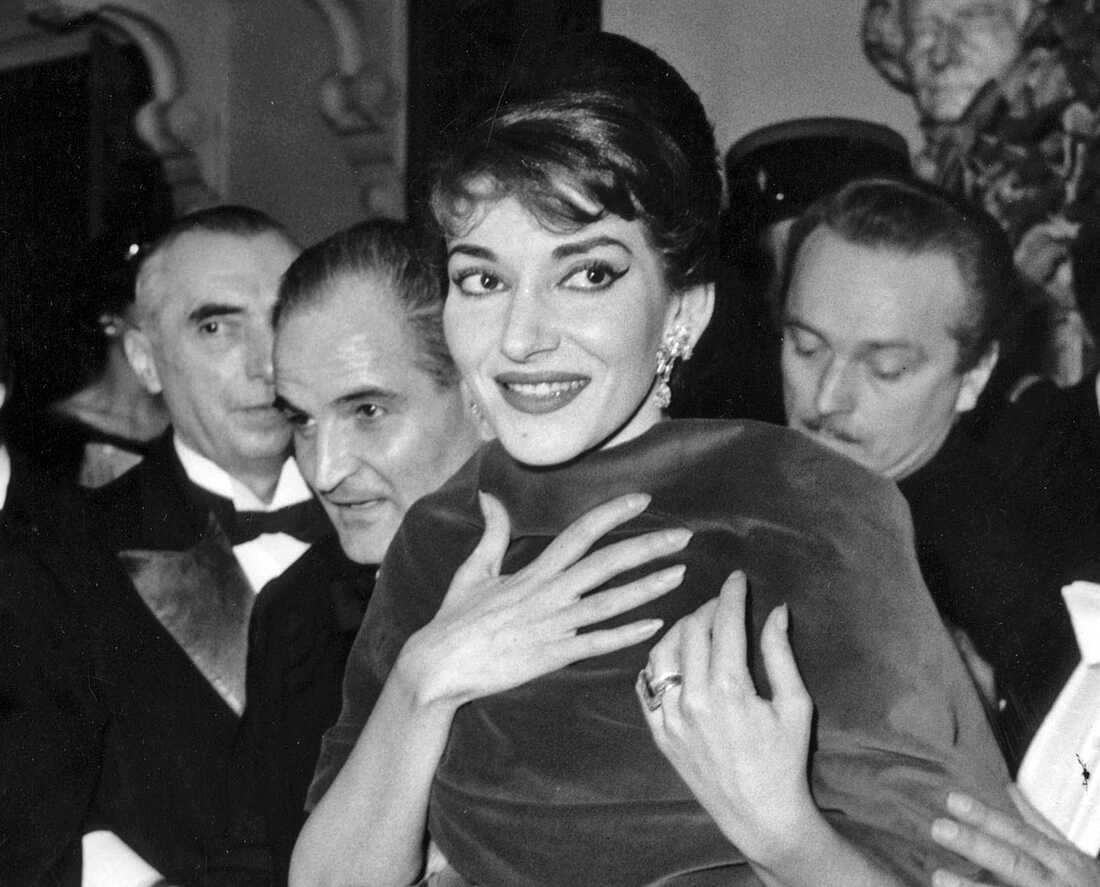The best soprano of her generation: Who is Maria Callas?
Despite her tremendous professional success, Callas' life has been struggling with strained family relationships and fierce business rivalries.

Maria Cecilia Sophia Anna Kalogeropoulos or better known as Maria Callas is one of the most important opera singers of the 20th century. Maria Callas, whose mother and father are Greek, was born on December 2, 1923 in New York.
Callas began her musical education at the age of seven by taking piano lessons. She returned to Greece in 1937 with her mother and older sister. She continued her education here and was admitted to the Athens State Conservatory at the age of fifteen. At that time, no student under the age of sixteen was admitted to the Athens State Conservatory, but Callas exceeded this rule with her talent. She became a student of Spanish soprano Elvira de Hidalgo in Athens. She first appeared on the stage at the age of 15 as a peasant girl "Santuzza" in the opera Cavalleria Rusticana.
After making several appearances as a student, Callas began appearing in minor roles at the Greek National Opera and made her professional debut as Beatrice in Franz von Suppé's Boccaccio in February 1941. Ignoring the rumors following her rise, she made her lead debut as Floria Tosca in Giacomo Puccini's work Tosca in August 1942. Later, she performed the role of Marta in the film adaptation of the opera Tiefland, written by Eugen d'Albert.
In August and September 1944, Callas voiced the role of Leonore in the Greek version of Fidelio. Two months before her 22nd birthday, she returned to America to further her career; By the time she left Greece on September 14, 1945, she gave 56 performances in seven operas and took part in around 20 recitals there.
In December of the same year, she participated in the auditions of the Metropolitan Opera and was met with positive reactions. She later stated that the Metropolitan Opera had offered him to perform in Madama Butterfly, but that she found himself overweight for the role, and that she did not like the idea of playing this work in English.
His career in Italy began with the opera La Gioconda. Shortly thereafter, she made her debut in Venice, Turin, and Florence under the tutor of the conductor Tullio Serafin. The big turning point in Callas' career came in 1949 in Venice. She sang She Bellini's opera I puritani and her role as Brünnhilde in Die Walküre.
In 1950, she sang Sicilian Vespers of the Italian romantic opera composer Giuseppe Verdi at La Scala, one of the world's most recognizable opera houses in Milan, Italy. In 1952, she voiced Macbeth, Lucia di Lammermoor, Abduction from the Palace, I Vespri Siciliani, I Puritani, Norma, La Traviata, Armida (G. Rossini), Tosca, Rigoletto and La Gioconda. Her American debut was in November 1954 in the lead role of Norma, a performance she repeated before a record audience at the Lyric Opera in Chicago and the Metropolitan Opera in New York City.
After a final opera performance at Covent Garden in 1965, she appeared in the 1969 film Medea. She gave master classes at The Juilliard School in 1972. In the same year, she worked as the director of the opera I Vespri Siciliani at the Turin Opera with Giuseppe di Stefano. In 1973-1974, they toured with Giuseppe di Stefano from Canada to Japan.
After the tour, she started to confine himself to her home in Paris in 1975 and died in Paris on September 16, 1977, due to a heart attack.
Although the life of Maria Callas is not mentioned in this article, there are many sensational events, a lot of criticism as well as her achievements. But it is an undeniable fact that Callas fits many characters in a human body and portrays these characters by making them feel real to many people. We wanted to end this article with the best-known 'Ave Maria' among the voices of Maria Callas.
